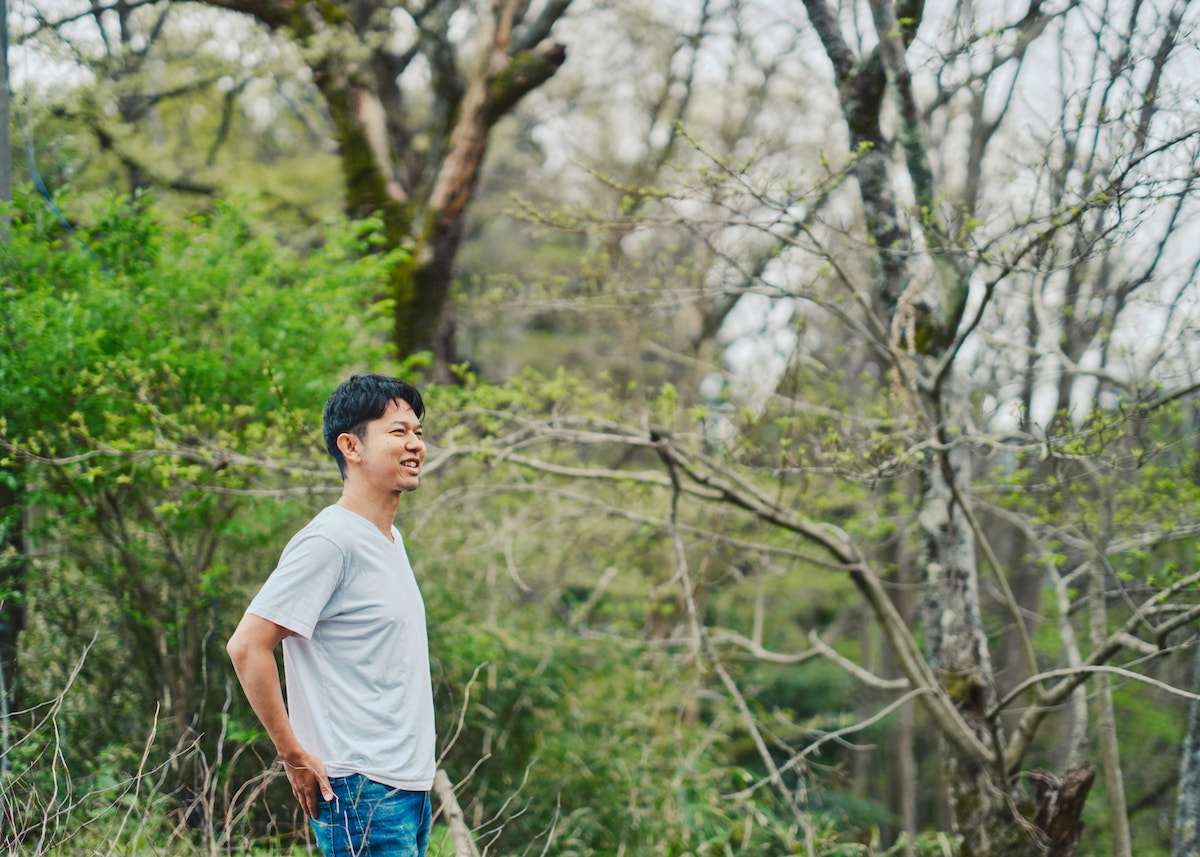As I enter a room that is filled with white, cloud-like mist, I can feel the moisture gently seeping into my body. At the same time I begin to perspire as if sweat is flowing out from deep inside me.
The room is separated into a number of sections and it is about 40 degrees Celsius. The temperature is lower than that of a sauna and it is very comfortable. The floor is covered with small medicinal stones that contain the minerals of onsen hot spring water. The sound of the stones clicking together is also comforting. When I place the medicinal stones on my stomach, it warms my body from the core, and before I know it, my whole body is completely relaxed.
After some time I exit the room, drink some water and take a break. Then I return to melt in the sea of mist once again.
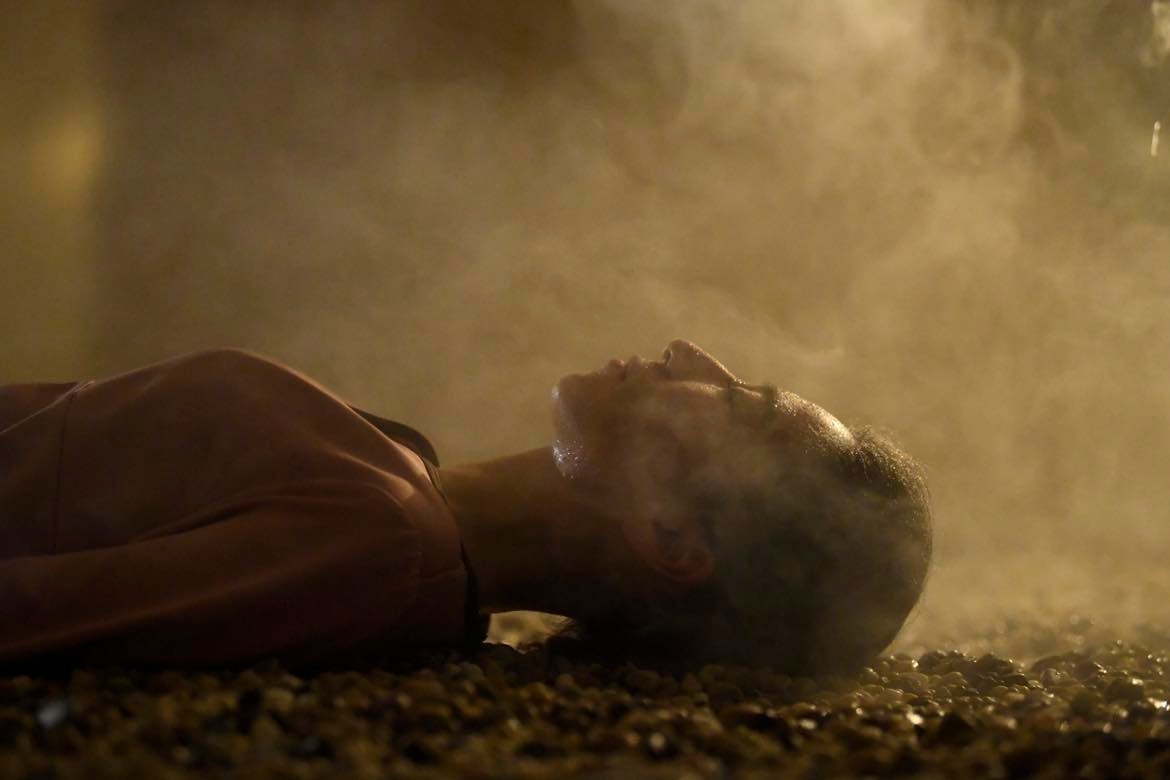
The Enoura Rimon hotel in Odawara opened in June 2021 and offers a “craft onsen” therapeutic bathing experience that is produced by Le Furo. It is a different experience to that of a sauna or bedrock bath and the steam that continuously flows through the body has a mysteriously comforting effect.

Le Furo developed and offers the “craft onsen” as a new way to experience onsen hot springs. Craft onsen is made by extracting and filtering minerals thousands of times to create a liquid of highly concentrated hot spring water. Warm water is then added to the concentrated craft onsen to recreate an experience similar to bathing in hot springs.
This innovation has realized the possibility of making hot springs portable. It allows people to experience hot springs anywhere, without having to travel to a hot spring region to bathe.
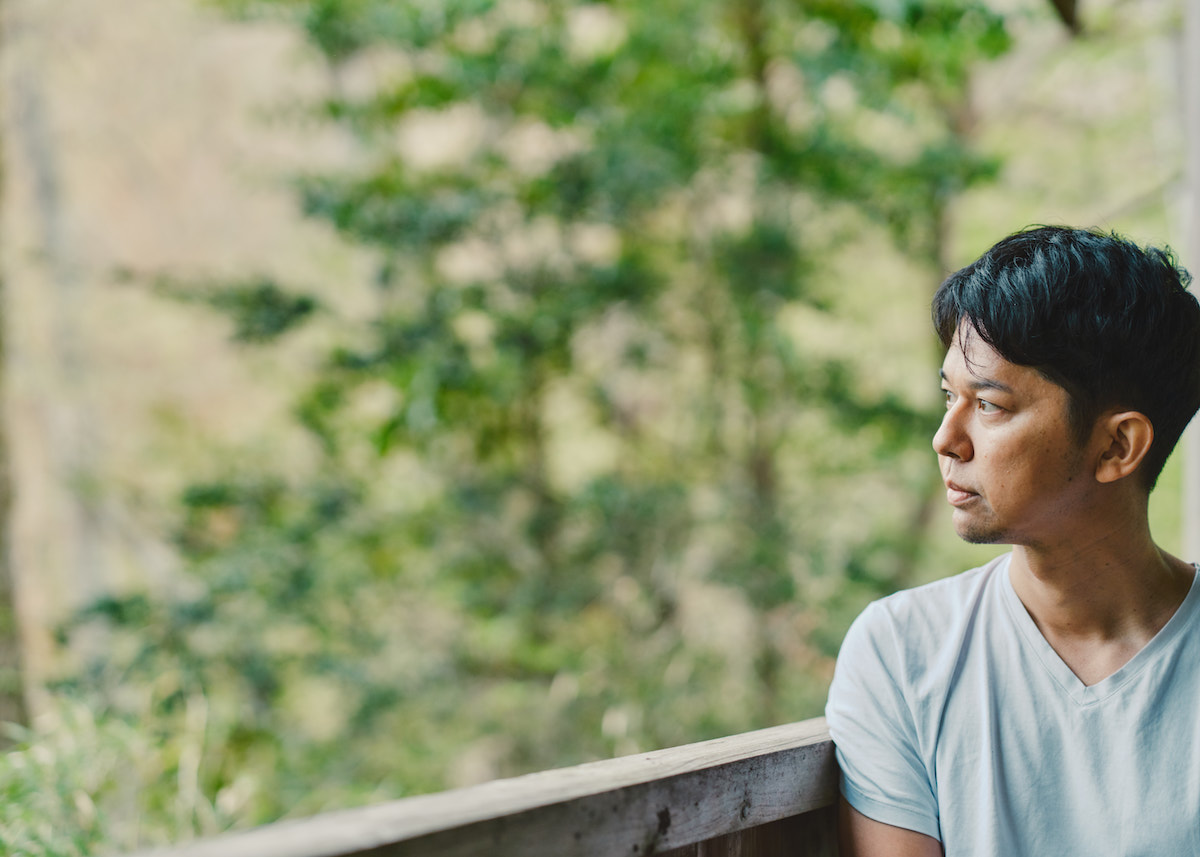
Entering the world of craft onsen.
Naoki Mita is the president of Le Furo and his mission is to promote “toji,” a therapeutic bathing method in Japan, to the world. After graduating university and studying abroad in the U.S., he worked for several international businesses including a major oil trading company and later for investment and securities companies.
We asked Mita about his vision for using toji to create a new style of self care and the future of Japan as a country rich in hot springs resources.
Experiencing Toji at Tamagawa Onsen in Akita Prefecture
── What inspired you to develop the craft onsen concept?
Ten years ago, I had an experience at Tamagawa Onsen in Akita Prefecture that had a huge impact on me. My stay was for three days and I bathed in the onsen, but on the second day I had a bloody nose and developed a rash throughout my body. I was surprised and worried so I went to see the doctor that was stationed at the toji facility and he told me that my body was having a metabolic reaction. He said that because I had regained my natural metabolic functions, my body was pushing out the accumulated toxins in my body.

── So Le Furo was started based on your personal experience?
Le Furo offers the toji experience through craft onsen and the concept behind our services is “to restore the natural functions of the body to its natural state.” In this age of convenience, I think many people’s internal organs are not functioning as well as they should.
As you may have found in your experience at our spa, the indoor temperature of the Rimon spa is not very high. It is only about 40 degrees Celsius, but it makes you sweat a lot. We believe that this is because the environment triggers the natural functions of the body to rev up and warm your body from the inside. The highly concentrated hot spring minerals of the craft onsen wake up these bodily functions.

The importance of minerals as taught by a scientist
── After your experience at the Tamagawa onsen, what led to the development of the craft onsen?
After my visit to the Tamagawa onsen, I learned about the different minerals that bring out the beneficial effects of the hot springs. These are called “senshitsu” and it means the “quality of the onsen.” The more I researched this, the more interested I became. I have not surveyed all of the hot springs in Japan, but in the hot springs I studied throughout Japan, I found that there was less than 0.1 percent difference in the senshitsu of the onsen minerals. Hot springs are 99.9 percent water (about 99 percent for seawater-based hot springs because they contain sodium). The remaining 0.1percent is composed of minerals.
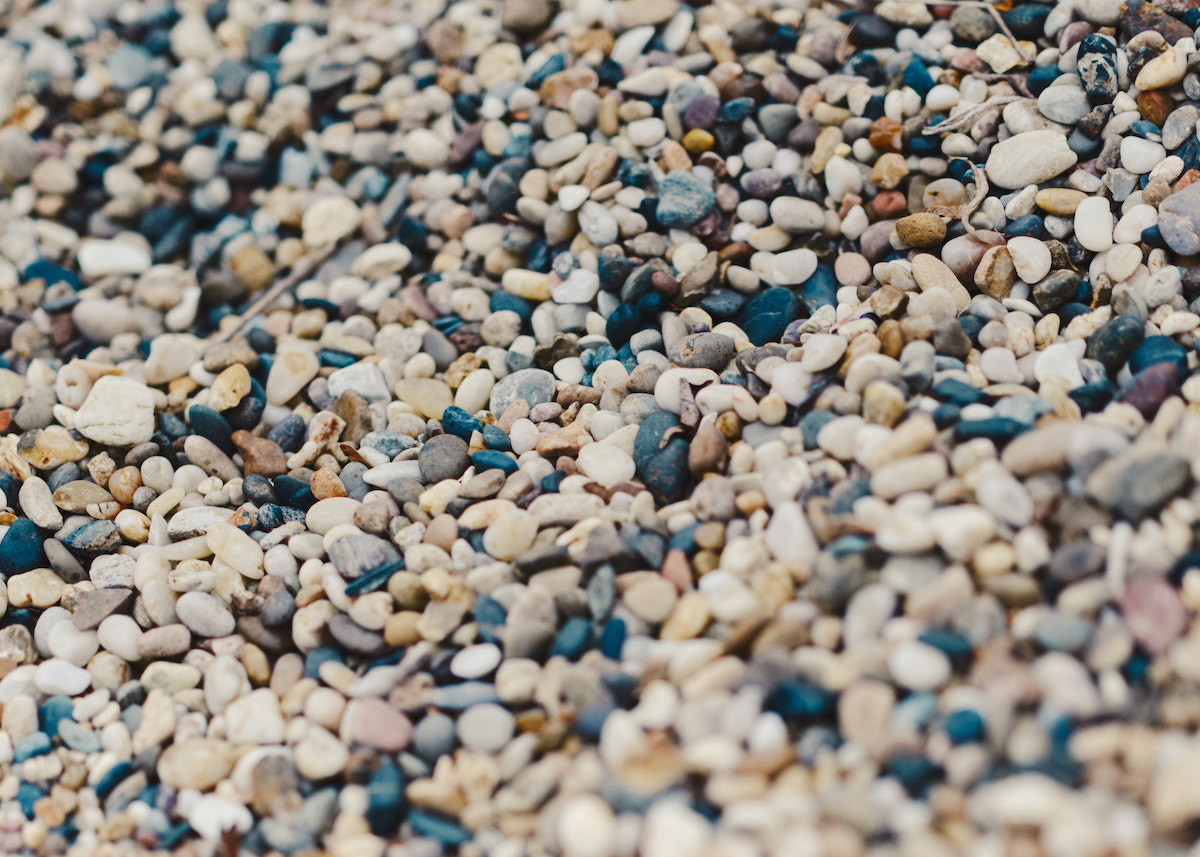
── Calcium and potassium are well known to be essential minerals.
Yet we do not yet fully understand what effects and functions these minerals play on the human body. The human body is mostly composed of oxygen and carbon with minerals making up just 5 percent. Among those minerals, the ones that exist in an especially low percentage are called trace elements, and less than 0.1percent of the minerals in the human body are trace elements.
These trace elements are so minute that they have been difficult to analyze until recently. Even in the US, only about 30 types of trace elements have been analyzed. In Japan, it is recommended that we consume 16 of these elements, including essential elements such as calcium.
We are gradually learning new things as well, such as how aluminum, which was previously thought to be unnecessary, is in fact necessary in our bodies. Copper, which is present in the human body from birth, also plays an important role in metabolic processes.
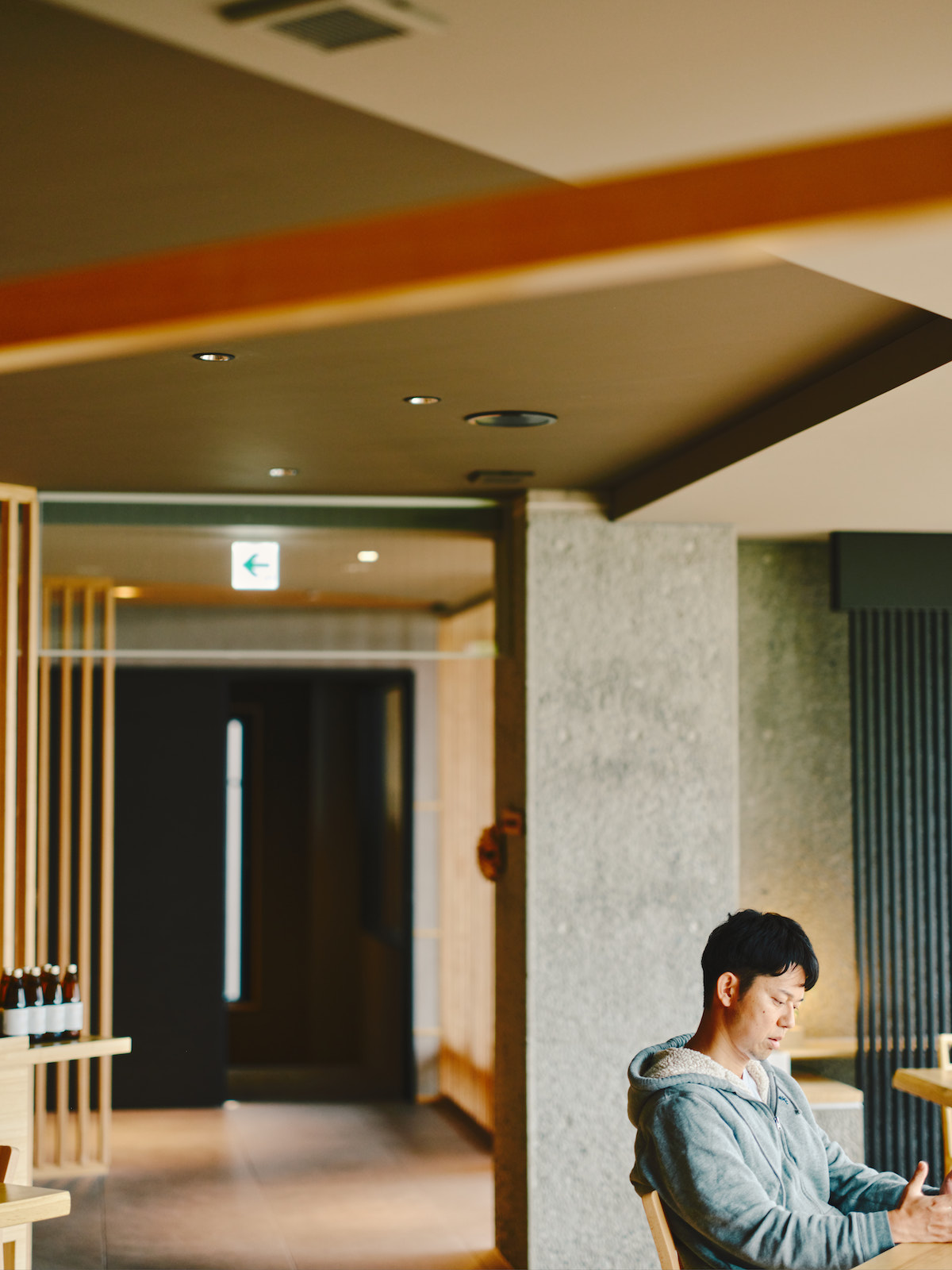
── So these trace elements and minerals play a big role in our bodies?
Yes. There are still a lot of unknowns when it comes to minerals. When I learned about Linus Pauling (1901-1994), a Nobel Prize winning chemist, who stressed the importance of minerals, I began to look at mineral-rich hot springs as a valuable natural resource, just like oil.
── Same as oil?
When you run an analysis of the components of oil and hot spring minerals, they are in fact very similar. The biggest difference between the two is that hot spring minerals do not yet have commercial value. At the onsen hot springs in Japan, you often see signs of how the hot spring is “fresh” because it is constantly flowing out from the underground source. If we knew the value of these minerals we would not just let them flow away. I thought it is my duty to give commercial value to these hot spring minerals.
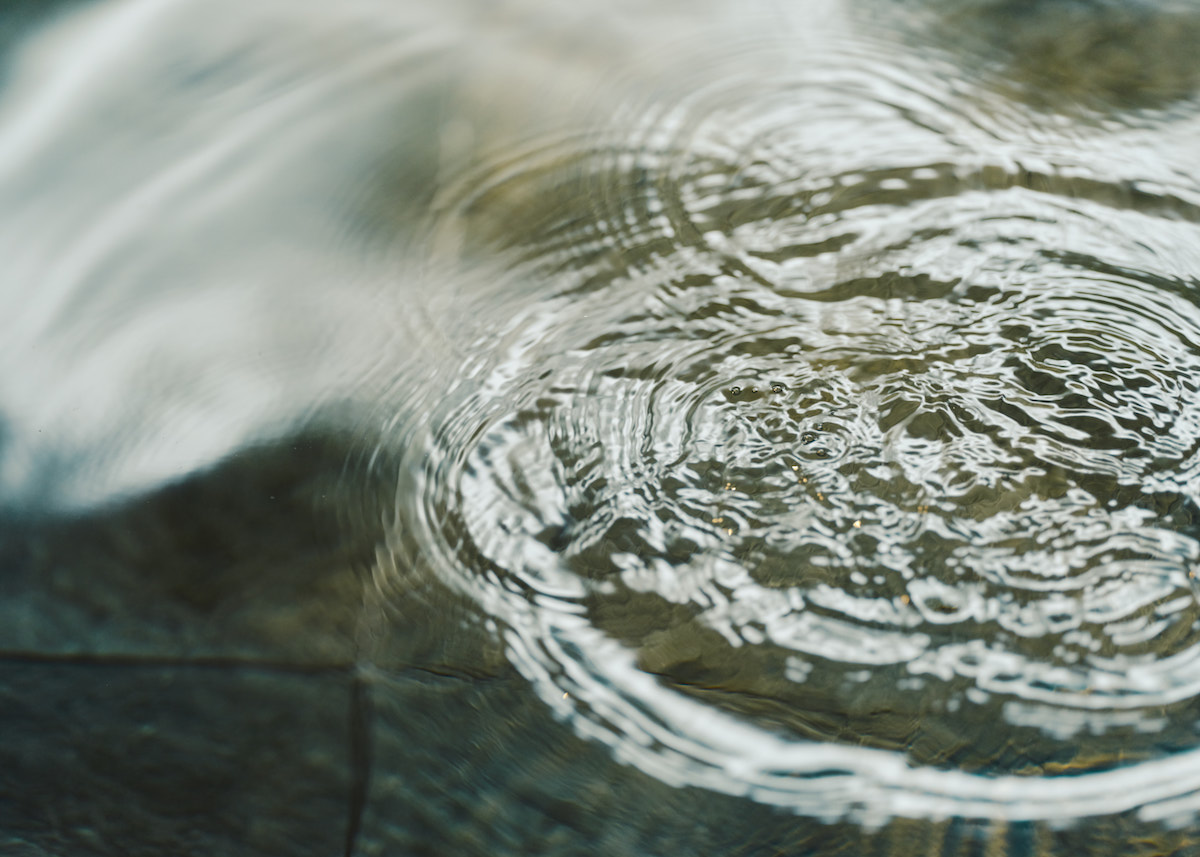
── Your past experience in working at oil trading companies must also have given you this idea. Japan is a country that is rich in water and hot spring sources. You are saying that we have not yet recognized the value of these underground hot springs?
That’s right. It is said that many of the sources for hot springs on earth are concentrated in Japan. If we can prove the commercial value of hot spring minerals, Japan will instantly become a resource-rich country.
── Do you think craft onsen is a healthcare resource that has a direct effect on the human body?
Minerals are essential for turning carbohydrates into energy in the human body. I believe that if fossil fuels are the energy source to machines, minerals are the energy source for living things. I want to utilize these minerals not only in onsen and toji, but in a variety of products such as food and drinks.
In fact, I do not believe mankind is headed towards further industrialization in the future.
── What needs to be done to make hot spring minerals into a valuable resource?
I think there are two conditions that need to be met. One is that it must have commercial value. Gold, rare metals and oil are all things that have value because humans gave it commercial value by turning it into an industrial product or energy source. As I mentioned earlier, minerals are essential to source energy in living things.
The other condition is that it must be transportable. There are tanker ships for oil and metals are easy to carry, even by hand. Hot spring minerals, on the other hand, are only extracted and used at its original site. It may be possible to transport hot spring water via tanks, but it is not reproducible. Hot springs are 99.9 percent water so it is extremely inefficient to transport it in its original form.
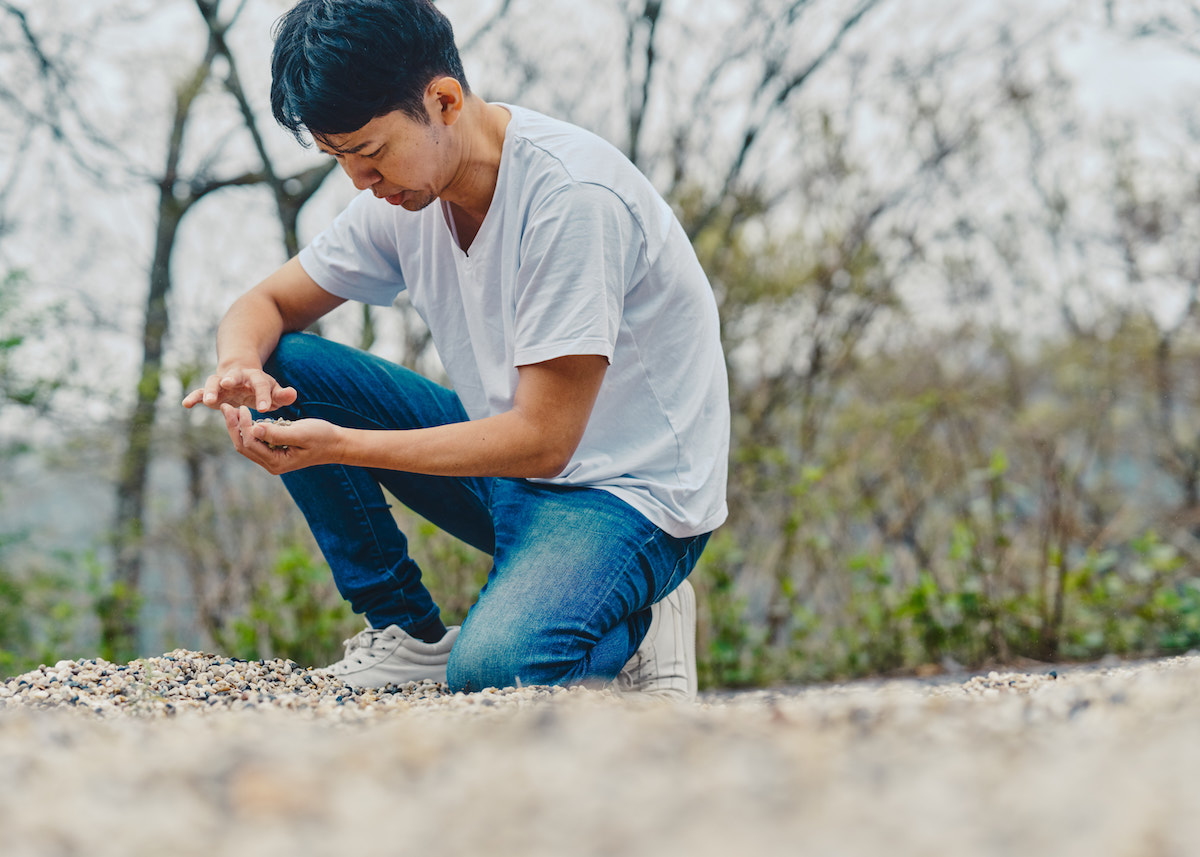
── Even if there is potential for commercial value, without a means of transporting it, the value is lost?
Natural gas is a perfect example of how something can suddenly have great commercial value when circumstances change. In the past, natural gas had to be transported by pipes so it could only be delivered to areas that are connected by land. Just like hot spring minerals today, it was very inefficient to transport. However, one day a scientist discovered that if you freeze natural gas at minus 162 degrees Celcius, it turns into a liquid. This led to the development of LNG (liquified natural gas), which compresses gas into 1/600th of its original weight. This discovery drastically changed the value of natural gas.
I think the same is possible for hot spring minerals and at Le Furo we developed craft onsen, a concentrated product of hot spring minerals.
Hot springs as a resource for health care

── You mentioned that you do not believe we are headed toward further industrialization in the future. What changes do you see in the future? Do you think we are approaching the end of the generation of fossil fuels?
Although we are living in an age of fossil fuels right now, with the Russian invasion of Ukraine and Europe and the world being put in a position where they may not be able to keep relying on fossil fuels, we have come face to face with our problem of being addicted to fossil fuels. Right now, the tides are changing and clean energy is definitely on the rise.
If you look at how coal was the driving energy source for the Industrial Period but fell out of use in 100 years, you can see that energy sources can change in a span of 100 years. If you look at the last 100 years in periods of “the beginning” “growth” and “the golden years,” you can see that it has almost been 100 years since the beginning of the age of fossil fuels and I think we are approaching the end of the golden years.
── Fossil fuels are a limited natural resource.
That is why I believe that rather than moving toward further industrialization, future development of mankind will be more focused on improving the health of living organisms. We will make more direct improvements to the human body. I believe that hot springs can play a big role in that and that is exactly what toji is about.

The future of practicing toji abroad
── I understand that you have envisioned a grand scheme for craft onsen. Why did you decide to build your craft onsen spa in Odawara?
The owner of the hotel, Hifumi Seto, fell in love with the Enoura area, which is located about 150 kilometers from the city center, and decided to build the hotel here. We added the word “retreat” in the hotel’s name because we want to provide a place where people can stay and refresh themselves in a place that is only 100 to 150 kilometers from their homes. When I thought about what a retreat means in Japan, I thought the answer was toji.
With the utilization of craft onsen, which maximizes the effects of the hot spring minerals to the fullest, we can create a toji osen in the beautiful climate and landscape of anybody’s local area for them to enjoy without traveling to a faraway hot spring region.
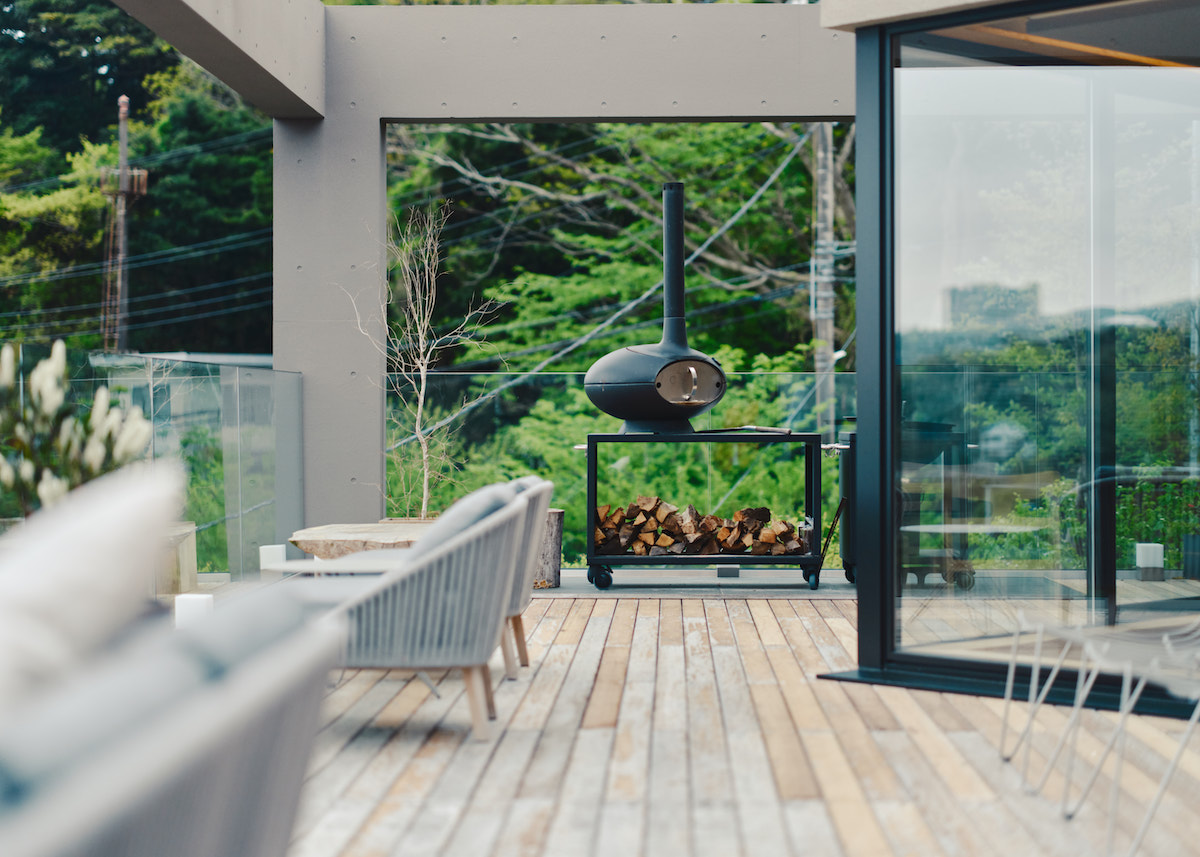
── It has been one year since the hotel opened. How is the public response?
I believe the response is very good and we have reservations booked far in advance. This is because many of our guests make their next reservation when they check out after their stay. Toji is meant to be enjoyed on a regular basis so in a way it is an expected response, but there are very few hotels where the customer makes their next reservation at check out. I think the response is positive enough that we can expect to see more hotels throughout Japan incorporating the craft onsen into their services in the future.
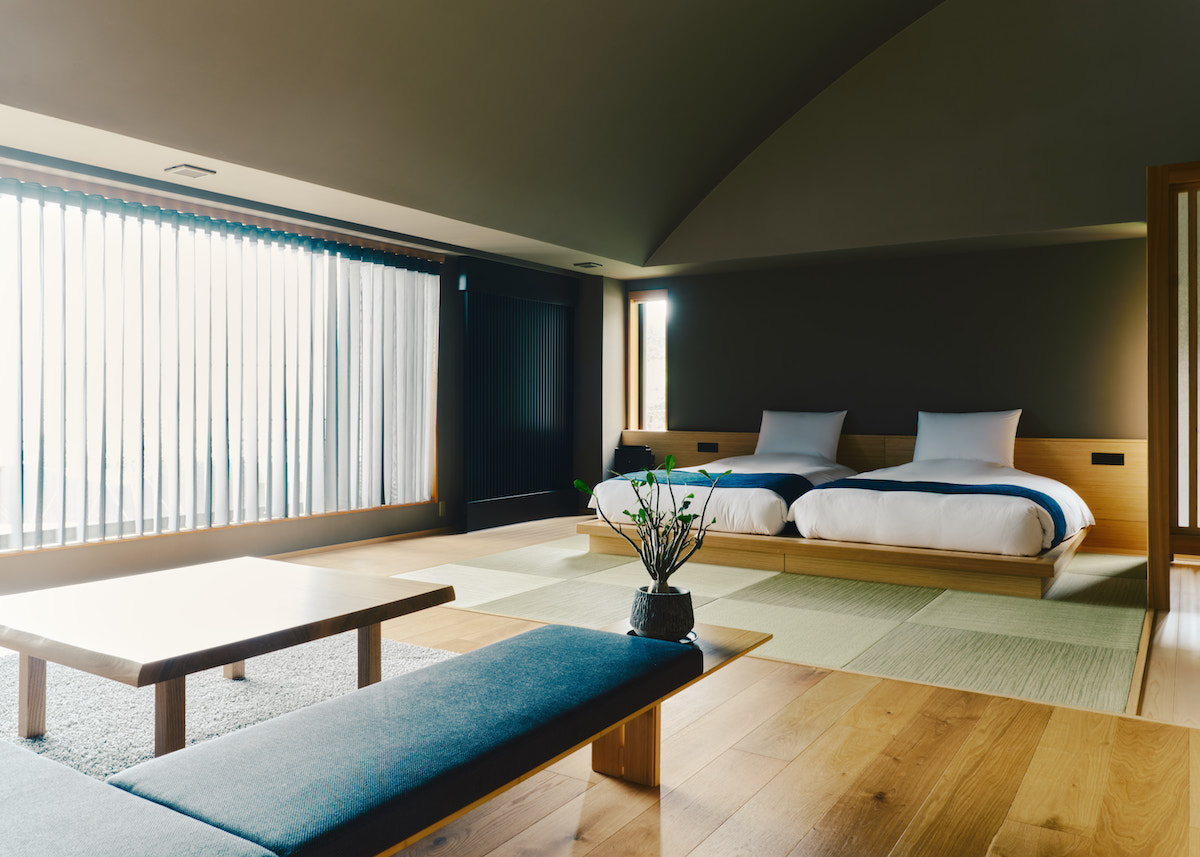
── I am sure you lead a busy life, but is the toji experience also the way you choose to relax?
It is. My job is about finding ways to help people relax so I must be relaxed myself. There were hurdles because of the coronavirus pandemic, but I did travel to many hot spring regions in and out of Japan last year.
── What did you discover through your travels?
Each country has a different approach to how they provide self care services, but I thought I would like to incorporate toji in all of them. For example, yoga and saunas are hugely popular in the healthcare world today.
── These are poplar around the world.
However, just 30 years ago, yoga still had an image of being something sketchy. I remember that it was when Madonna announced that she practiced it in the 90s that it became a worldwide trend. Saunas are popular today thanks to recent marketing.
I believe that toji has the same potential and I am convinced that the practice of absorbing minerals through toji will be accepted worldwide. I believe that the “toji of Japan” will become “toji of the world.”

The Rockefeller of Japan, dreaming of a hot spring innovation

── For your future plans, will you continue to analyze the hot springs minerals and promote toji to the world?
As the importance of minerals continues to become identified, I believe that interest in hot springs will grow. As a hot spring powerhouse, Japan has the potential of becoming a pioneer in this field. Until 100 years ago, the treatment of crude oil was the same as how hot springs are treated today.
── It’s hard to believe, but it is a historical fact.
Crude oil was considered to be just a very smelly, mysterious, black substance. As soon as automobile manufactures adopted gasoline as fuel, it caused a paradigm shift and suddenly crude oil became an important resource. John Rockefeller was the first to realize its potential and became a very wealthy man by buying up all the land that produced crude oil.
── Perhaps you will become the Rockefeller of Japan through hot springs.
I have no intention of buying up the rights to hot spring resources (laughs). However, I would be happy if I could be recognized by a few people as the man who helped the world realize its value.
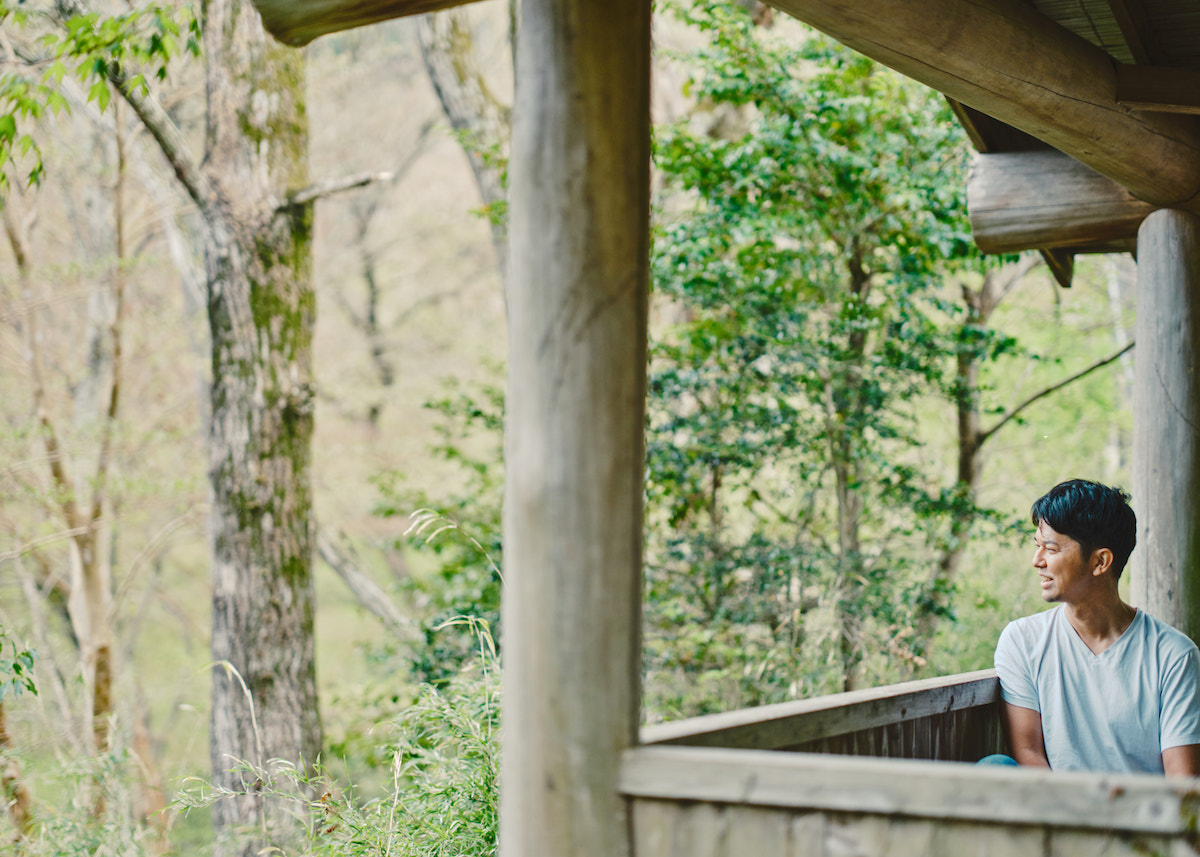
Naoki Mita
President of Le Furo
Mita is a graduate of Keio University and the University of California. He began his career working for a major general trading company in the oil trading business, and then as a commodity market reporter covering trading companies and oil distributors for Bloomberg. He later joined Barclays Capital in 2006, JP Morgan in 2010, and founded Le Furo in 2013.
Photo:Eichi Tano
Translation:Sophia Swanson
From Fukuoka. Traveled around Japan on bicycle after graduating university and began freelance work at the same time.
Written for multiple media while on the road, traveling over 5000 km. Continues to write and edit today as well as occasional filming.
Favorite soccer team is Liverpool FC. YNWA.
Editor. Born and raised in Kagoshima, the birthplace of Japanese tea. Worked for Impress, Inc. and Huffington Post Japan and has been involved in the launch and management of media after becoming independent. Does editing, writing, and content planning/production.
